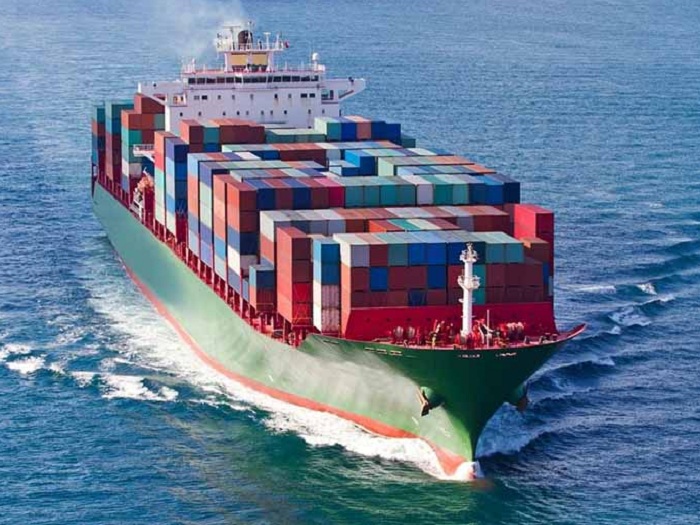Forecast Iran's annual foreign trade growth of nine percent over the next five years

Predicting the exit of the Iranian economy from the recession in 2021, the Fitch Research Institute wrote: The country's foreign trade will experience an annual growth of nine percent during the five-year period 2020-2024.
According to the International Iranian Stone Exhibition, Fitch Research Institute predicts that Iran's economy will stabilize in 2021, and following this positive development, the country's foreign trade will increase by 8.8 percent this year.
Examining the outlook for Iran's foreign trade, the institute wrote:
Short-term: Iran's foreign trade in 2020 is under pressure from factors such as US sanctions, the corona outbreak, declining oil exports and falling oil prices. We forecast negative growth of nine percent for Iranian trade in 2020. The export growth will be negative nine and eight percent and the negative import growth will be seven and one percent. This year, business activity is declining and households have less money to spend on goods. Reducing oil revenues also reduces government spending. The government's oil revenues are expected to fall by 25 percent this year compared to the previous year. All these factors lead to a decrease in the country's foreign trade volume.
While we forecast a negative growth of 4% and 1% for the Iranian economy in 2020, we expect the Iranian economy to stabilize in 2021 and experience a growth of 2.5%. Following the return of Iran's economy to growth, the country's foreign trade will increase by eight and eight percent this year.
Medium-term: Iran's foreign trade outlook in the medium term depends on the resumption of negotiations with the United States. With this assumption, we predict that the country's foreign trade will experience an annual growth of nine percent during the five-year period 2020-2024.
Of course, other scenarios are conceivable in this regard. If the nuclear deal breaks down completely and Iran is blamed, Chinese companies will be under a lot of pressure to cut ties with Iran, and in the worst case scenario, Iran's economic situation and national currency can be predicted to be more than Pre-weaken and imports fall sharply.
Even if sanctions against Iran are finally lifted, the rapid growth of Iran's foreign trade will depend on the full exploitation of its oil and gas wealth and the resolution of operational problems. Iran has a lot of potential in all sectors, and although the oil and gas sector is the most important, in our opinion, consumer industries such as automobiles and food are also important. If US sanctions are lifted, accumulated demand, a young population, a skilled workforce, rich oil and gas resources and a consumer society are among the factors that could make Iran one of the major hubs for trade growth and development in the Middle East.
In any case, the sustainable recovery of Iran's economy depends on the resumption of negotiations and a new agreement, with hopes for achieving this goal next year, especially if a more moderate president treats Iran in the United States. In the current tense situation, the resumption of negotiations between the two countries is not very likely, and we believe that the longer the sanctions on Iran, the more likely it is that the country's economy will face deeper economic problems such as hyperinflation.
Long-term: In our opinion, the outlook for Iran's economic growth and trade in the long run, ie until 2029, is positive. Of course, the growth of Iran's economy and trade in this period will be limited due to the lack of full capacity of the oil and gas sector. There are risks to this growth, even if US sanctions are eventually lifted. Dissatisfaction is evident in a part of the society due to the performance of the country's executive apparatus. If US-Iranian relations do not improve, we expect Iran's foreign trade to continue to revolve around China and potentially Russia.
* Tasnim










